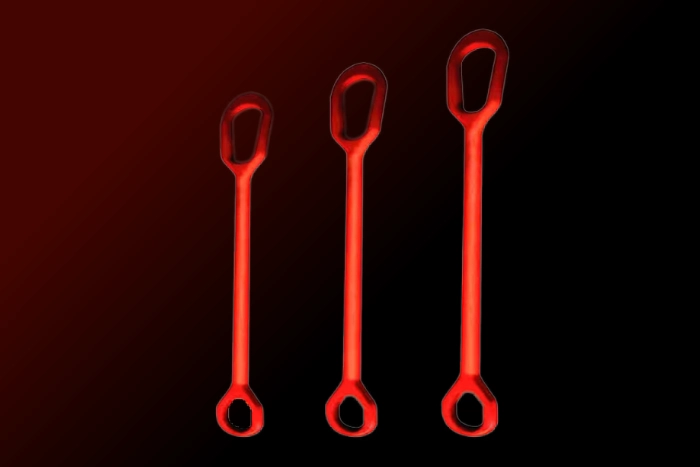Bails/Links
 Bails and links are key components of a drilling assembly, specifically part of the hoisting system on a drilling rig.
Bails and links are key components of a drilling assembly, specifically part of the hoisting system on a drilling rig.
A bail is a large, U-shaped metal piece that connects the hook (or traveling block) to the swivel or top drive system. The bail essentially serves as the handle that allows the entire drill string to be suspended from the rig’s hoisting system. Bails come in various sizes depending on the rig’s load capacity and are designed to withstand substantial tensile forces.
Links are the coupling components that connect the bails to the swivel or top drive. They act as connection points that allow the drill string to rotate freely while suspended from the non-rotating hook. Links typically have a clevis-type design with pins that allow for articulation and movement.
Together, bails and links form what’s often called the “bail and link assembly.” This assembly serves several critical functions:
- Supporting the weight of the drill string
- Transferring the load from the traveling block to the drill string
- Allowing the drill string to rotate while suspended
- Enabling the drill string to be raised and lowered during operations
These components are essential for drilling operations, as they create the critical connection between the hoisting system and the rotating drill string components below.



